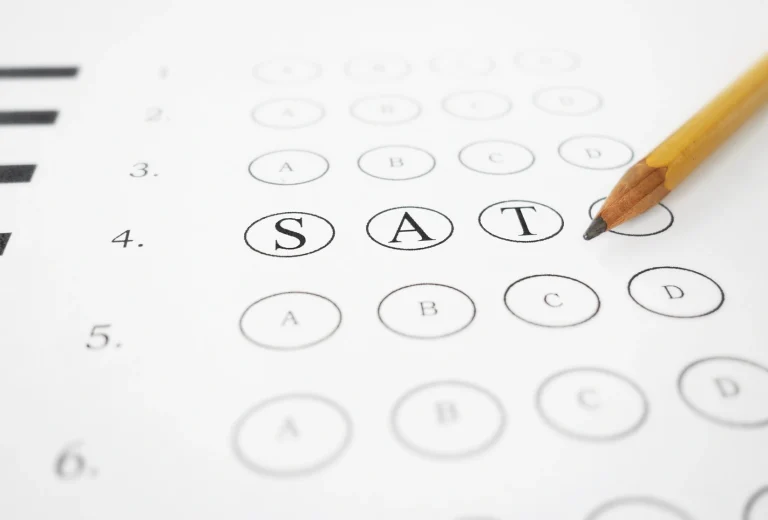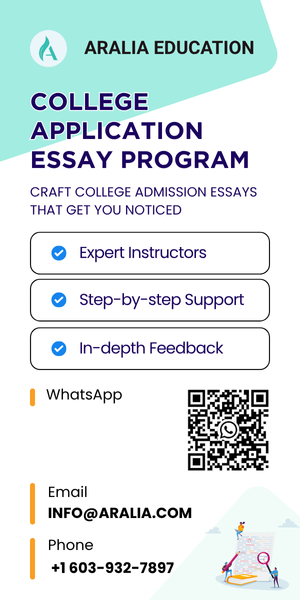1. What is ACT?
The ACT (American College Testing) is a standardized test used for college admissions, primarily in the United States. Colleges use ACT scores to evaluate students’ academic readiness for university-level work. The test includes four compulsory multiple-choice sections: English, Math, Reading, and Science. There is also an optional Writing (Essay) section, which some colleges may require. ACT scores are accepted by all four-year colleges and universities in the U.S., and increasingly by schools worldwide.
2. ACT Test Format
Whether you’re taking the ACT in California or South Korea, the test format is the same. It includes:
- An English section (45 minutes) that evaluates your language skills, including reading comprehension, grammar, and rhetoric.
- A Math section (60 minutes) assessing the student’s problem-solving abilities, covering arithmetic, algebra, geometry, and trigonometry.
- A Reading section (35 minutes) that measures your reading comprehension and analytical skills, using texts from various subject areas.
- A Science section (35 minutes) that evaluates the students’ understanding and application of scientific knowledge through passages related to fields such as biology, chemistry, physics, and earth and space sciences.
- A Writing section (40 minutes) assessing the student’s essay writing skills.
3. What is the Difference Between ACT U.S. and ACT International?
Improve Your AP Grades Within One Semester
Computer-Based vs. Paper-Based Test
One significant difference between taking the ACT in the U.S. and internationally is how the test is delivered, whether it’s on paper or by computer. If you’re testing in the U.S., you’ll most likely take the ACT in its traditional paper-and-pencil format. While some schools and districts offer the ACT online, especially during school-day testing, the majority of national test dates still use paper exams.
For students testing outside the U.S., including those in Canada, the ACT is administered exclusively on a computer. This change was made to improve test security, provide faster score reporting, and offer a more personalized testing experience.
However, you shouldn’t worry too much about this difference! The questions, sections, timing, and scoring are the same whether you take the test on paper or a computer. Both formats use the familiar 1-36 scale, and colleges treat the scores equally. The main difference is in how you interact with the test. On the computer-based test, you’ll use features like on-screen navigation, digital highlighters, and an online calculator. You can also skip questions and return to them within the same section.
For international students, it’s important to familiarize yourself with the digital tools and practice navigating the test on a computer to ensure a smooth experience on exam day. ACT also released timed and untimed practice tests in the computer-based format, allowing international students to gain experience taking a computer-based test. Try the practice tests here.
ACT Scoring: Same Scale, Different Curve
Both U.S. and international students receive ACT scores on the same 1-36 scale, but here’s something you might not know: the scoring curve can be different depending on where you take the test. The ACT is a standardized test, which means scores are adjusted slightly depending on how everyone else performs. This process helps ensure fairness across different test dates. However, the difficulty of getting a high score can vary based on how your peers perform.
According to recent insights, international ACTs often have a harsher curve than those taken in the United States. That means missing just a few questions internationally could result in a lower score compared to missing the same number in a U.S. test. For example, getting three questions wrong in Math in the U.S. might still earn you a 35, while internationally, that could drop to a 33 or even 32.
This difference exists because international students generally form a smaller, more competitive testing group, often made up of high-achieving applicants. With more students performing well, the curve adjusts and makes it more challenging to achieve those top scores.
Luckily, while the curve might feel more competitive internationally, colleges are aware of these differences. Admissions officers review applications in context, and standardized test scores are just one part of your overall profile.
4. Want to Boost Your College Application? Consider AP and IB Exams
While the ACT is a key part of college admissions, strong AP or IB exam scores can also help you stand out, especially when applying to competitive U.S. and international universities. These courses not only show that you’re ready for college-level work but also sometimes earn you college credit or advanced placement.
If you’re looking for expert support in preparing for AP or IB exams, Aralia offers personalized AP and IB Exam Prep Programs designed to help students succeed in their academic and college goals. Classes are taught by experienced instructors, many of whom are former AP/IB exam readers and teachers at elite educational institutions.
Whether you’re tackling AP Calculus, IB Chemistry, or anything in between, Aralia can help you feel confident and prepared!
Explore further:










